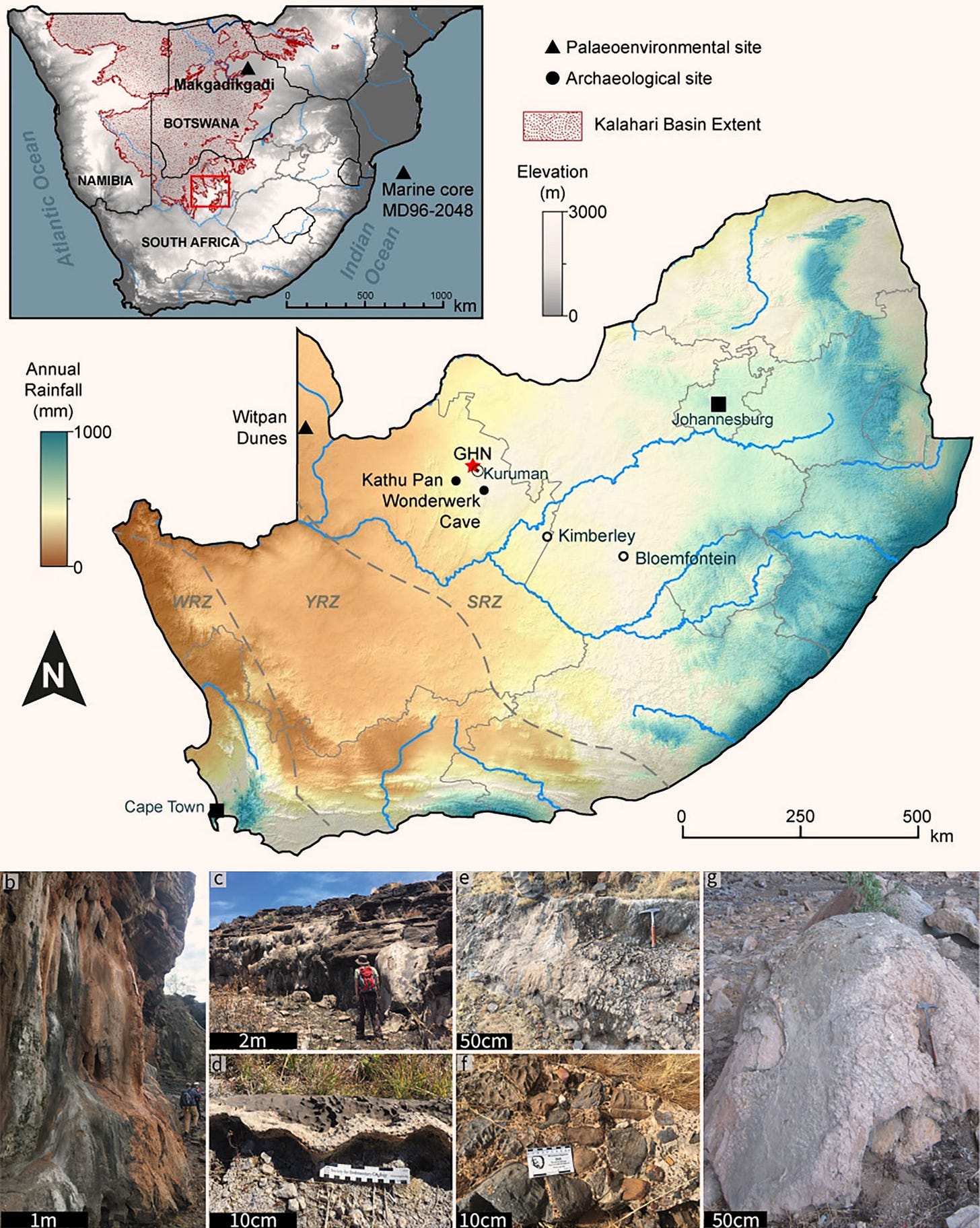Kalahari Desert Was Home to Ancient Humans More Than 20,000 Years Ago
At the site of Ga-Mohana Hill in the southern Kalahari of South Africa, archaeologists discovered and characterized relict tufas, which are remnants of once-flowing streams, waterfalls, and small pool
The Kalahari is often thought to be a hostile environment unsuitable for early human existence. According to a new study, in PLoS One,1 the desert used to be much greener and wetter than it is now. Humans were able to survive and even flourish in these wet environments.
Keep reading with a 7-day free trial
Subscribe to Anthropology.net to keep reading this post and get 7 days of free access to the full post archives.

